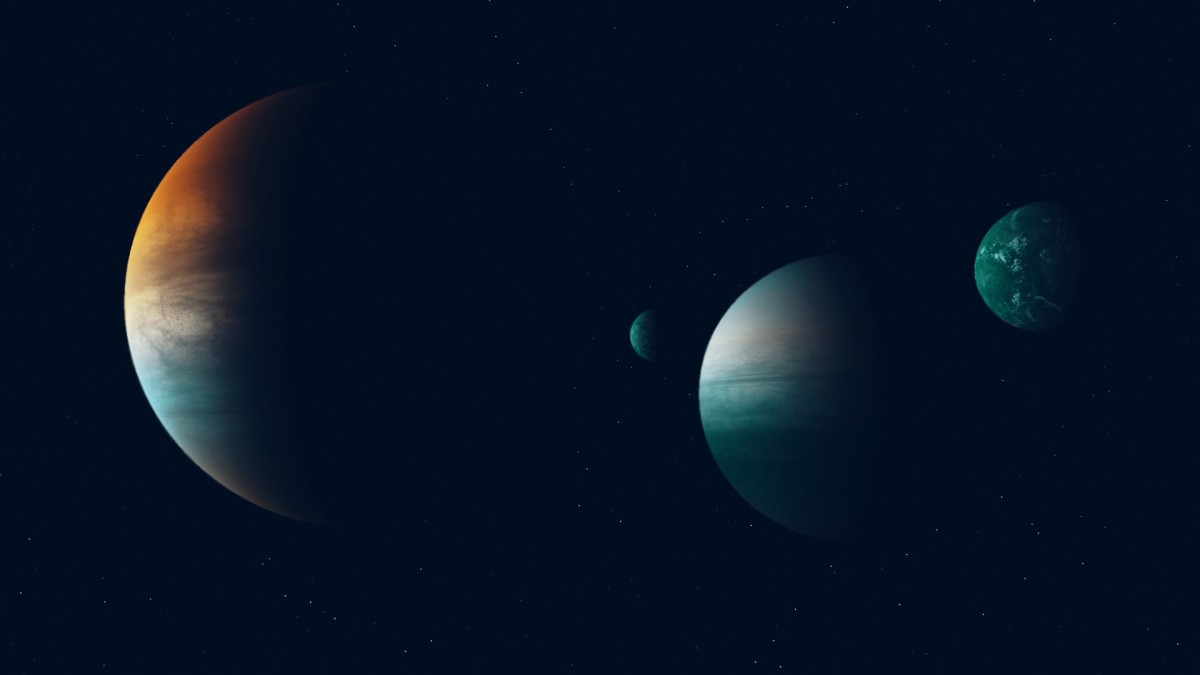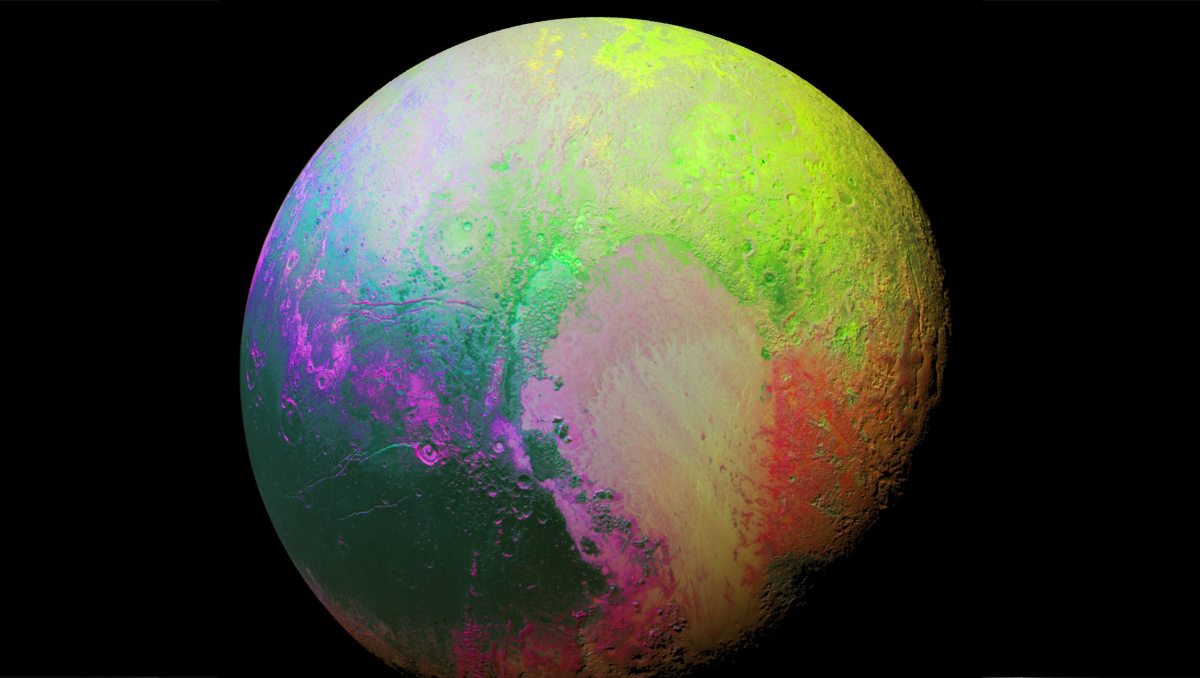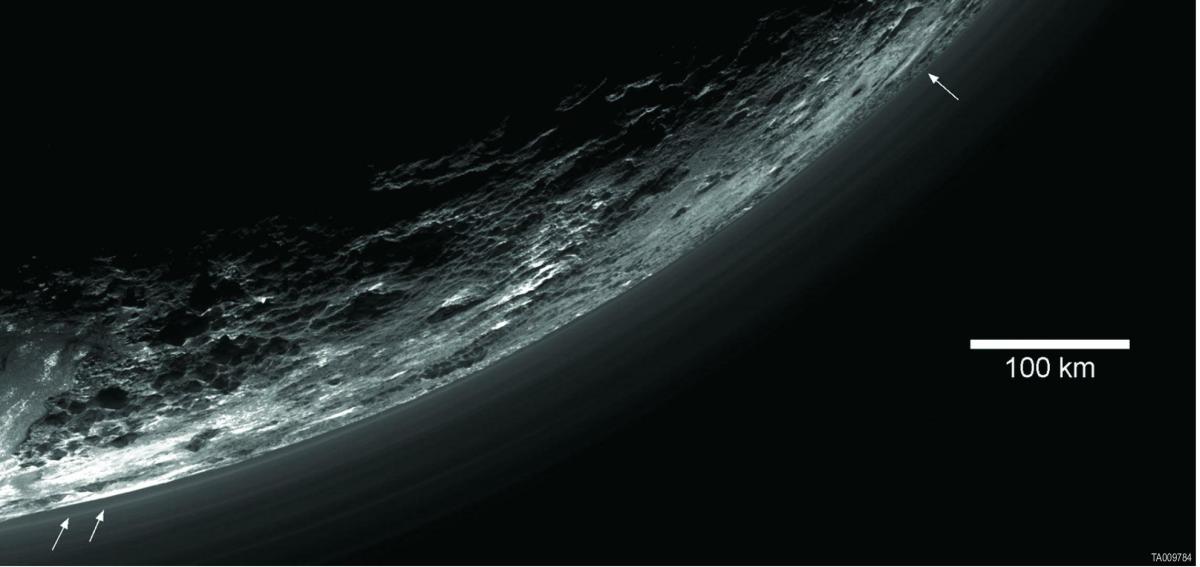How Objects in Space Get Named

The Origins of Planet Names
"Man must rise above the Earth—to the top of the atmosphere and beyond—for only thus will he fully understand the world in which he lives."
— Socrates, Philosopher
For thousands of years, the mystery of space has captured the eyes and minds of man. Even when ancient civilizations could only see seven objects in the night sky, they began to track and name the sun, the moon, and the five visible planets. Long before there were telescopes, Mercury, Venus, Mars, Jupiter and Saturn could be seen by the naked eye.
The planet naming can be traced back to ancient Mesopotamia. The priests named the planets for their gods. The Greeks translated these names for their gods. Then the Romans converted the Greek names to Latin names for their Roman gods. The Chinese named these five planets for the five elements of Earth. As more planets were discovered, the tradition of naming the planets for the Roman mythological characters continued.
How The Industrial Revolution Affected Planet Names
With technology, comes other needs. The Industrial Revolution led to advancements in the betterment of telescopes. This led to being able to see more in space, and opened the door to the discovery of more astronomical objects than ever. Astronomers would publish an asteroid they spotted, but there was no master list or way to check if this asteroid had been already discovered and named, and there was no consistency in their names. This haphazard way of naming led to much confusion.
Currently new planets, asteroids, comets, stars, constellations and other objects in space get their names through a very involved and strict guidelines set up with international cooperation. New spatial discoveries continue to make the news. It’s exciting, but that is only part of the picture. It is a long and careful process to label this new thing found in space. The Working Group for Planetary System Nomenclatrure (WGPSN)division of the International Astronomical Union’s (IAU) sort through every potential planet’s name.

What Do You Know...
view quiz statisticsAstronomers Help Name Objects in Space
In the early 20th century, the need for a celestial naming system became important. Historically, comets were named after the astronomer who discovered them. As telescopes improved, confusion arose over rediscovering the same comets and duplicate names from new discoveries.
The International Astronomical Union (IAU) was founded in 1919 to form an international cooperation to promote and safeguard all the aspects of the science of astronomy. The IAU was formed to encourage international cooperation and has been very successful.
Professional astronomers from all over the world sit on commissions, divisions, and work groups to collaborate with other scientific organizations around the world. The IAU is comprised of 12,641 individual Ph.D level scientists, researchers, and educators from 101 countries around the world. The IAU regulates the names of major and minor planets, moons,asteroids, and comets, along with notable geographic features on planets and moons.
The International Astronomical Union (IAU) was founded in 1919 to encourage international cooperation and has been very successful.
How Comets are Named
The process to name anything in space takes months or even years, in order to go through proposals and committees to ensure there are no duplicate names, nothing is offensive, or sublime in nature. To avoid the confusion prior to the IAU being set up, scientists had to go through an arduous process to piece together the asteroids recorded and even rediscover the asteroids.
The current process to name an astronomical discovery is a very specific process. When the initial object is reported to the IAU, it is assigned a temporary name. Other astronomers will confirm the discovery and then make sure it hasn’t already been discovered. Then it is given a permanent number, similar to the ISBN for books, so that the spatial revelation can be referenced. Than a name will be proposed.
Comets are still named for the first two discover’s last name. It is up to the scientist themselves to do their own research to verify it is really a new comet. Then they follow an internationally agreed upon code to pick a name. The name becomes official when it is published in a peer reviewed magazine with a description.
Guidelines for Naming Asteroids
For asteroids, the scientist who found it is allowed to propose any name they choose, provided they follow a few basic guidelines. Then a committee rules on the name. The name become official when it is published in the IAU’s publication called Minor Planets Circulars
Guidelines to naming an asteroid:
-
The new asteroid name must not be too long
-
It must be easy to pronounce
-
It has to be different from any other existing names
-
It can’t be offensive
-
Business names are not allowed
-
It should not be the name of a pet
-
It can be named after a political or military person or event as long as it is more than 100 years ago
Everything Gets Named

The First Contest to Name Other Planets
To name the newly discovered geographic features of planets and moons, the IAU went back to the tradition, in some cases of using classical names of Greek and Roman Gods, similar to how the planets in our solar system were named.
In 2015, the IAU held a first time contest for ordinary people to name 19 Exoworlds. Exoworlds are exoplanets and the stars they revolve around. Exoplanets are planets outside our solar system that orbit other stars or suns. For this contest, there were 14 stars and 31 exoplanets orbiting them.
The names were chosen by a public vote in a 2015 in a NameExoWorlds contest held by the IAU. Over half a million votes from 182 countries and territories participated. This was the first time the IAU, who is the authority in naming objects in the cosmos, allowed the public to take part in this type of naming. The voting concluded on October 31, 2015, with a total of 573,242 votes.The winners were announced on December 15, 2015.
In total, the IAU received 631, 242 votes. After removing 58,176 spams, there were 573,242 valid votes.
Those who proposed the winning names received a plaque acknowledging their contribution to astronomy. They will also be given the opportunity of naming a minor planet.
247 ExoWorld names were submitted by various astronomy organizations, from 45 countries around the world. These organizations included schools, universities, amateur astronomy groups, and planetariums. Four entries were received from North America (Canada and USA), one from Mexico, two from Morocco and Syria, six from Europe (France, Italy, Spain, Switzerland, and the Netherlands) and six from Asia - Pacific area (Australia, Japan, Thailand).
The IAU validated the winning names and made any appropriate modifications so the names met their naming rules. One ExoWorld name was annulled because it didn't conform with the IAU guidelines for naming exoplanets. A new contest will be organized in the future to name this ExoWorld. The new names are of different mythological characters from many cultures, from across history, and also includes the names of famous scientists, ancient cities, fictional characters, and words from lost languages.
How Objects in Space are Named
object in space
| how it is named
|
|---|---|
planets
| For Roman Mythological gods (except for Earth)
|
stars
| For a letter in the Greek alphabet according to their position in the constellation
|
constellations
| Some are named by various characters in Roman mythology
|
galaxies
| Those discovered long ago galaxies have been known for a long time they may have been named for their discoverer. Today, they are usually named with just a number and a catalogue name.
|
moons
| Roman mythological characters
|
moons of Uranus
| named for literary characters from William Shakespeare and Alexander Pope
|
exoplanets
| some are named by a contest held by IAU
|
minor planets
| |
geographic features on moons
| various characters in Roman mythology
|
The IAU is constantly busy. As telescopes get more and more powerful, as satellites zoom through space, rovers are sent to Mars, and space exploration goes deeper and deeper, the naming of objects is truly of astronomical proportions.
- Protecting Sea Turtles and Marine Life Preservation ...
They roam the warm and temperate waters of the world for the nearly 8 -10 decades of their nomadic existence. As ancient creatures of the sea, their ancestry takes them back 150 million years ago, to the later Jurassic time period, where sea turtles. - Spacedom: Unmanned Missions May Find Other Planets L...
Wouldn’t it be interesting to know if life exists in outer space? In this vast universe, could we possibly be the only creatures that exist? Could we ever meet and have interplanetary associations with beings from a distance place in space?... - Who is Isaac Newton
If Isaac Newton was never born, what would we think about the world today? Until Sir Isaac Newton came up with many of his theories, people had many misconception about the way things worked, and how the universe and our planet, Earth, were... - Earthquakes, Tsunamis, Aftershocks, Whirlpools and V...
Nature is very powerful and destructive. Earthquakes, tsunamis, earthquake aftershocks, whirlpools and vortexes have been known to cause much damage. Read more about tectonic plates, faults, epicenter








